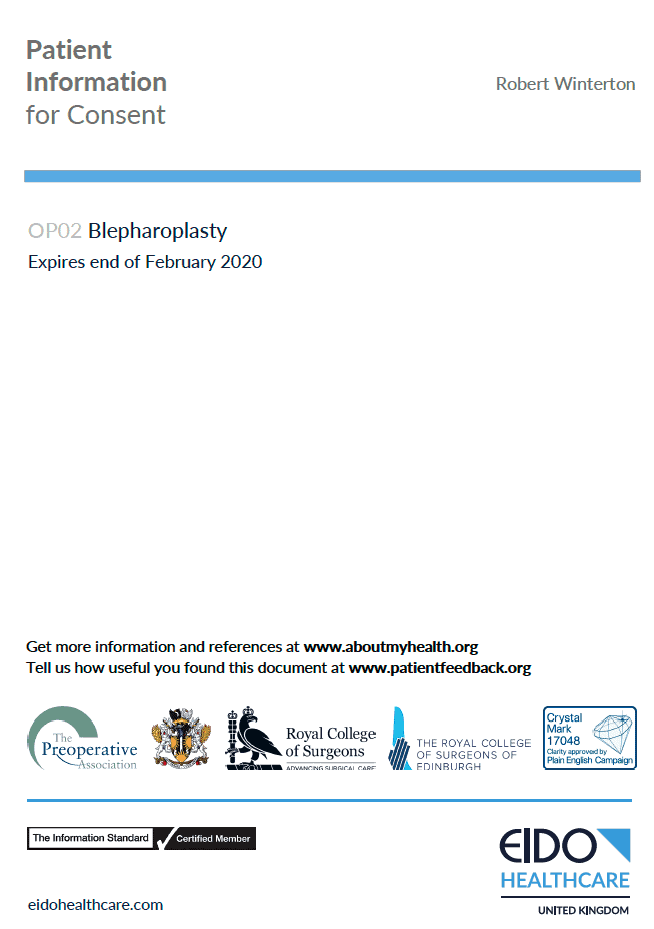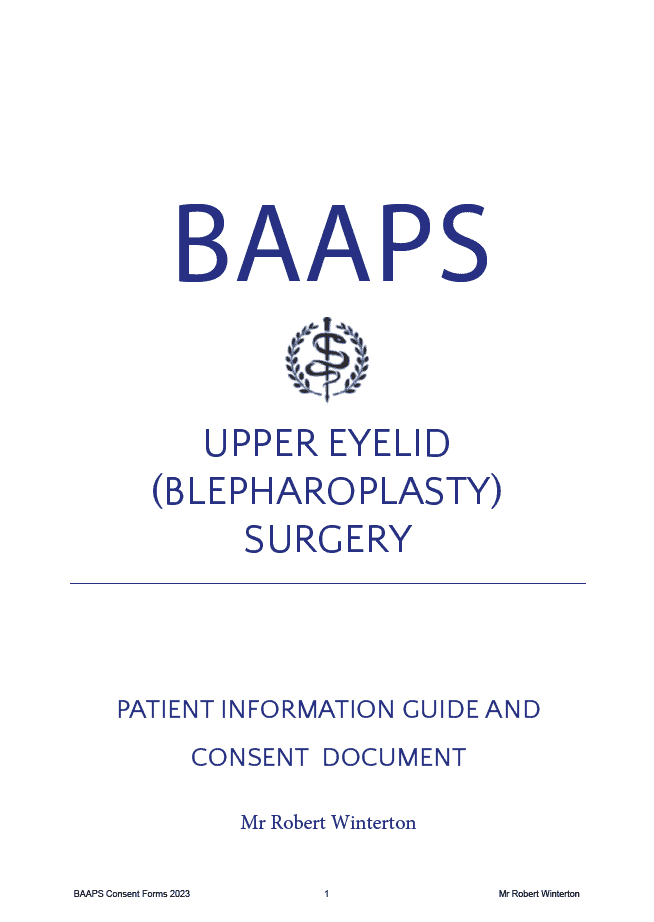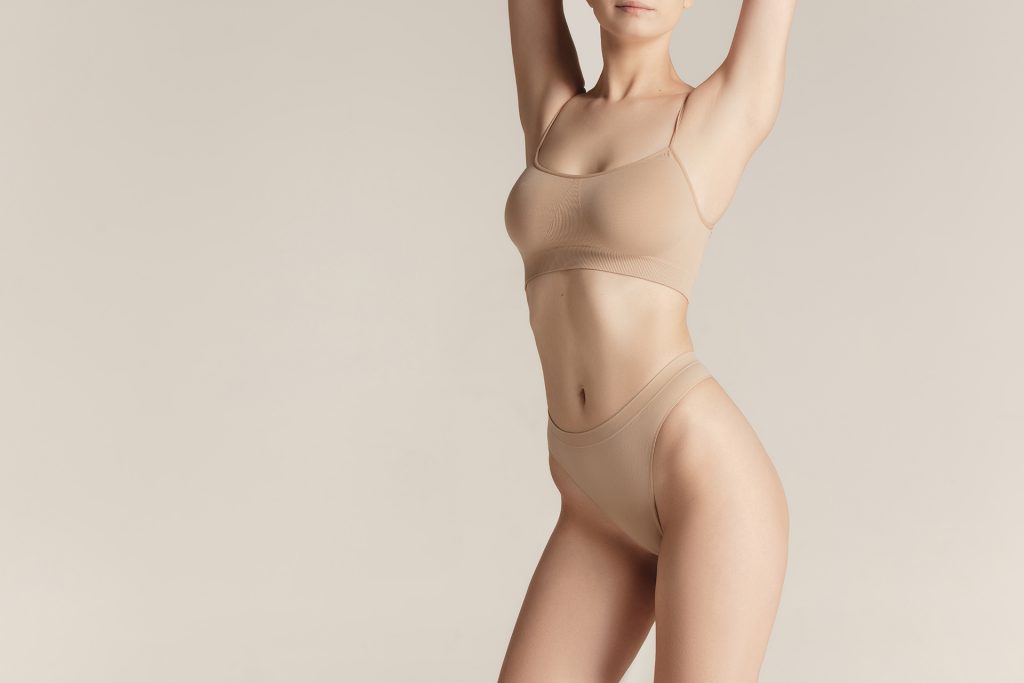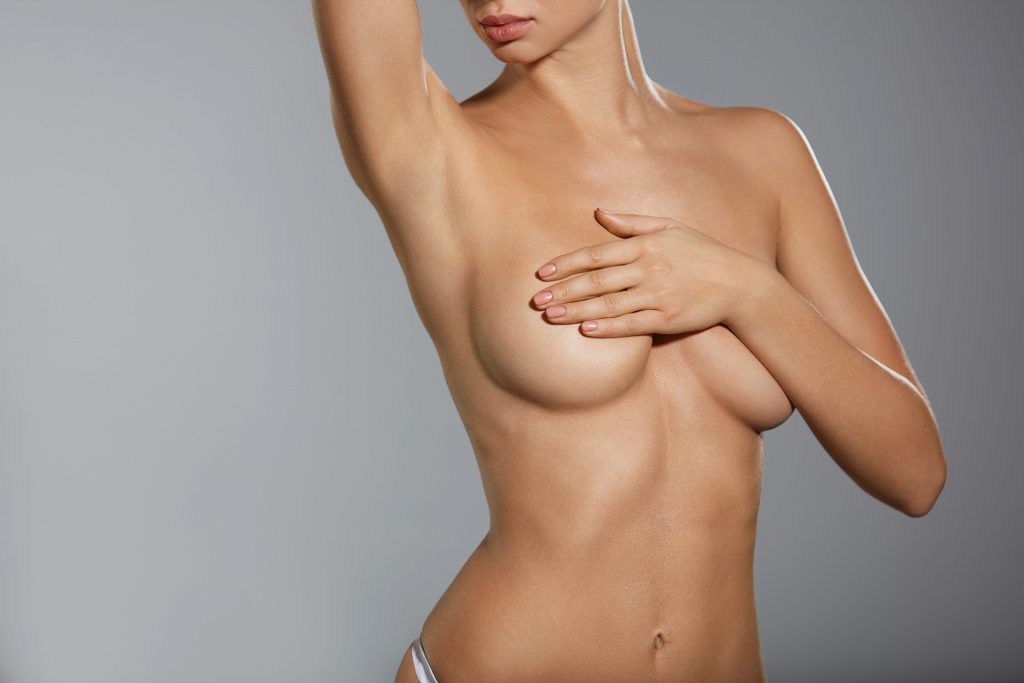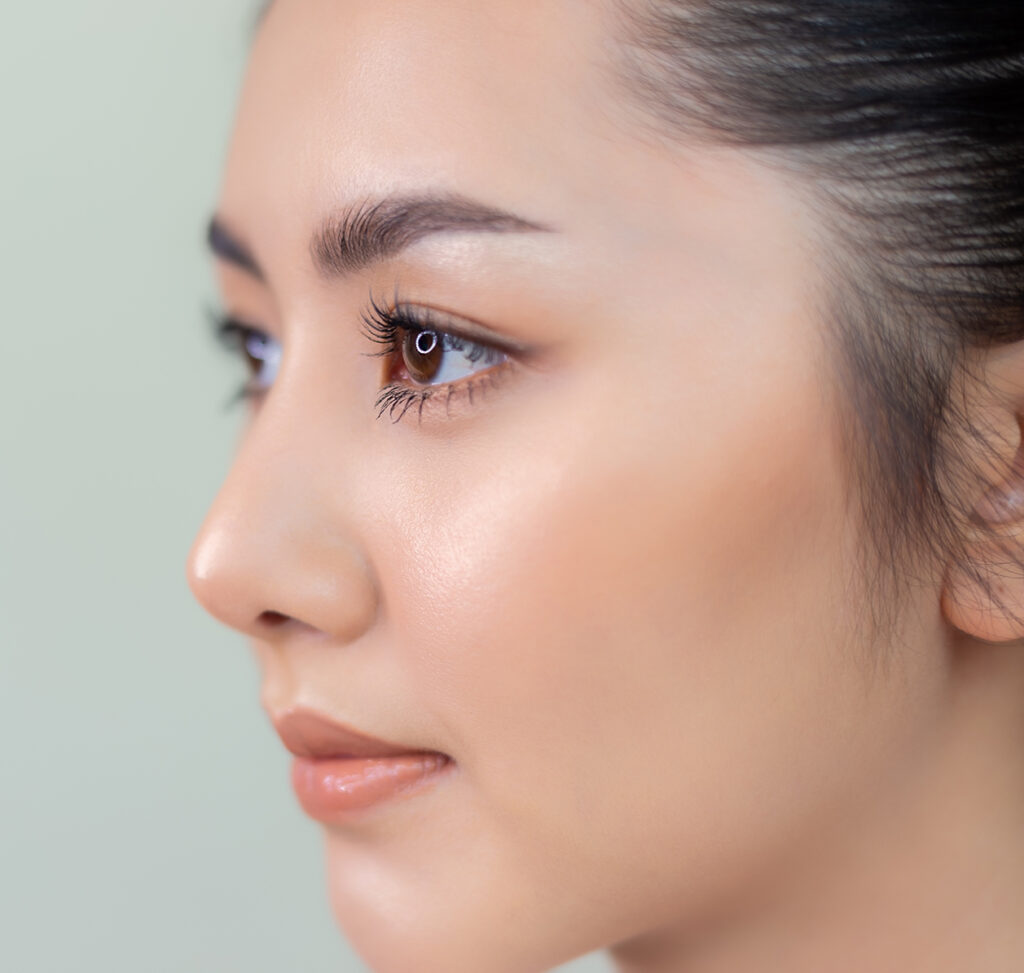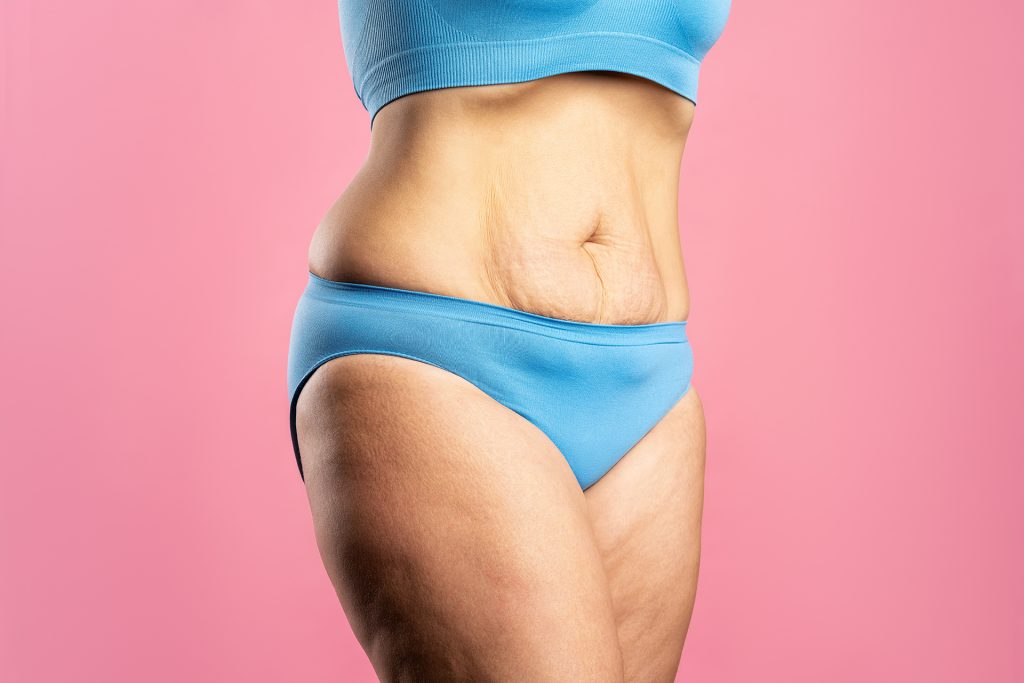With age, it is common to develop hooding of the skin on the upper eyelids along with a bulge of fat towards the inner aspect of the eye. The skin excess is caused by the tendency of the forehead and brow to droop over the years, along with relaxation of the upper lid skin. In the most dramatic cases, skin may project beyond the margin of the upper lid and begin to impair the field of vision. In women, the presence of a skin fold on the upper eyelid can make it awkward to apply cosmetics and, in both sexes, these changes can leave the eyes looking tired.
Changes in the lower eyelid are a product of gradual loss of support of the eyelid structures and of descent of the cheek fat away from the lid. Typical appearances include fine wrinkling of the skin, a bulging of the lid itself, and the tear trough that develops between the eyelid and the cheek. There is a tendency for the lower lids to develop shadowy rings with the junction of the cheek and to give an impression of tiredness.
Solutions to upper lid ageing changes vary from patient to patient. In the simplest cases, an effective treatment can be provided by removing skin and resection of a small amount of fat. For patients in whom the forehead has dropped, it may be better to elevate the brow to a more youthful position, which will enhance not only the aesthetics of the forehead but also improve the appearance of the upper eyelid. For some patients a combination of repositioning the brow and also upper lid blepharoplasty will be needed. Blepharoplasty can be done alone, or in conjunction with other facial surgery procedures such as a facelift
Upper lid blepharoplasty can be performed under local or general anaesthesia and is typically a day case treatment. Surgery involves resection of skin and muscle from across the upper eyelid and closure of the wound using fine sutures.
Lower lid blepharoplasty is typically performed under general anaesthesia. The operation involves making an incision just below the eyelid margin, which extends out to the side of the eye. Surgery involves cautious excision of the skin and addresses the bulge by careful tensioning of lid supporting tissues and redistribution of fat. Wounds are typically closed with a combination of sutures and external tape.
Patients need to remain relaxed for the first few days after surgery and should spend several hours each day resting with moistened eye pads to help swelling and bruising resolve. Some patients find the application of diluted Witch Hazel soothing whilst others prefer to use cool water. I am happy for patients to take Arnica, which can be purchased at most health care shops, and is typically commenced before surgery and continued until bruising has settled.
Lower lid blepharoplasty normally require a one-night hospital stay with follow up arrangements to be seen a week later for review and removal of sutures.
Recovery after upper lid blepharoplasty alone is usually very straightforward. It is typical for the lid margins to become bruised and swollen but this usually settles over 10-14 days. The eyelid margin can feel numb for several months following surgery and recovery of sensation may be accompanied by a pricking, tingling feeling, which settles with time. Scars from eyelid surgery typically heal extremely well although no guarantee can ever be given about the final quality of scars in any given case.
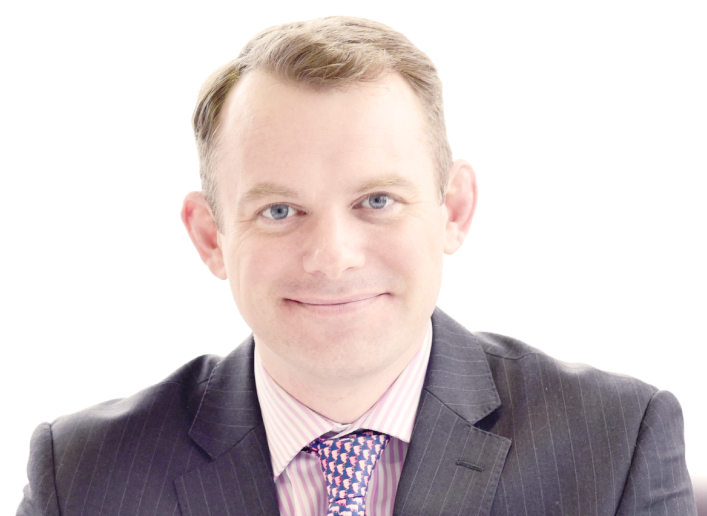 Book a Consultation
Book a Consultation